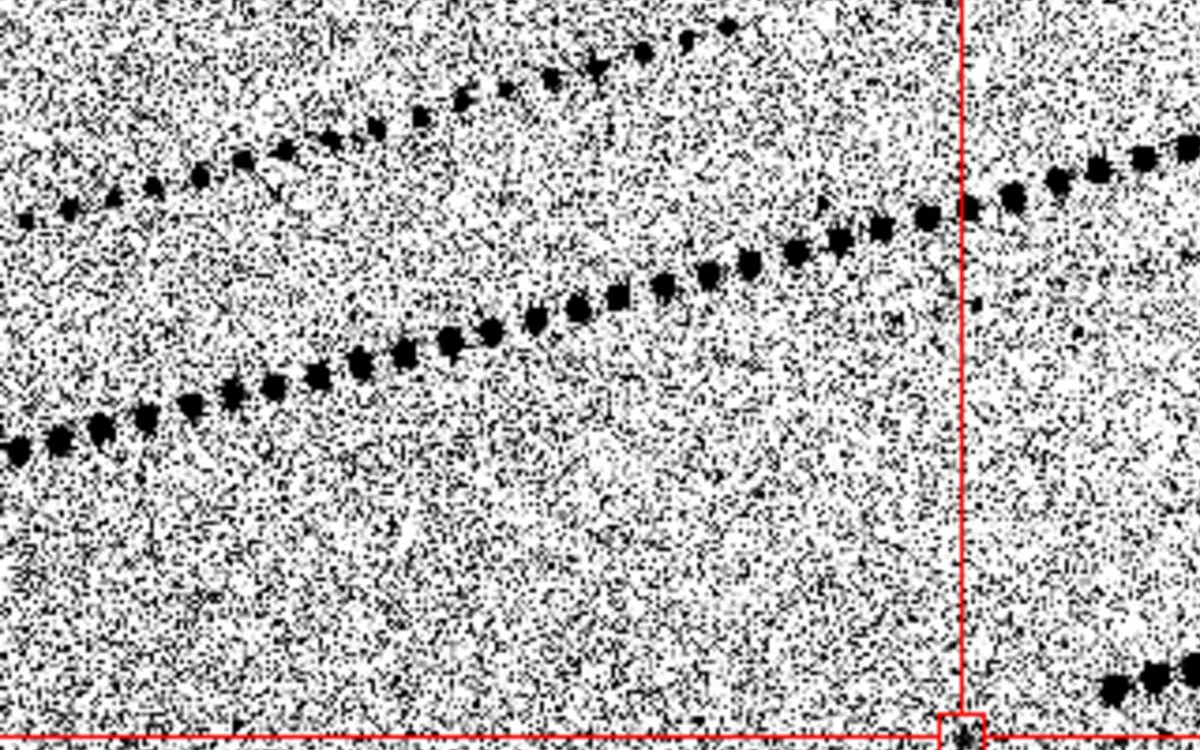
On October 1, 2023, Asteroid 2025 TF made a notable flyby over Antarctica at precisely 00:47:26 UTC ± 18 seconds. During this close encounter, the asteroid came within an impressive distance of just 428 ± 7 kilometers from the Earth's surface. To put this distance into perspective, it is comparable to the altitude of the International Space Station, which orbits Earth at an altitude of approximately 370 to 460 kilometers.
This small celestial body measures approximately 1 to 3 meters in diameter. It was first detected by the Catalina Sky Survey a few hours after it had already passed Earth, highlighting the challenges astronomers face in monitoring near-Earth objects. Such objects, while not posing a significant threat, can occasionally create fireballs if they enter Earth’s atmosphere. In some cases, this can lead to the discovery of small meteorites on the ground.
Upon its discovery, the European Space Agency’s (ESA) Planetary Defence Office promptly observed Asteroid 2025 TF using the Las Cumbres Observatory telescope, located in Siding Spring, Australia. This swift response allowed astronomers to gather valuable data on the asteroid's trajectory. Tracking a meter-scale object in the vast expanse of space is a remarkable achievement, especially when its exact location remains uncertain.
Monitoring near-Earth objects like Asteroid 2025 TF is crucial for planetary defense. While this particular asteroid posed no immediate danger, understanding their trajectories and characteristics can help astronomers assess potential threats in the future. The precise tracking of such objects contributes significantly to our knowledge of space and enhances our ability to respond to potential hazards.
In summary, the recent flyby of Asteroid 2025 TF serves as a reminder of the dynamic nature of our solar system and the importance of continuous observation and research in planetary defense.